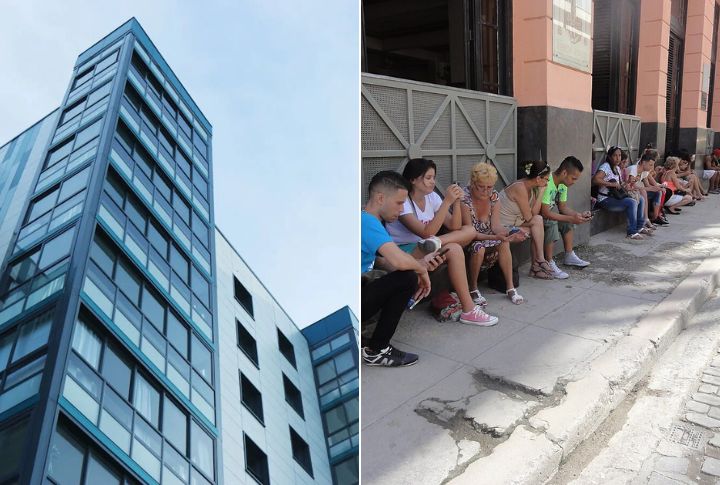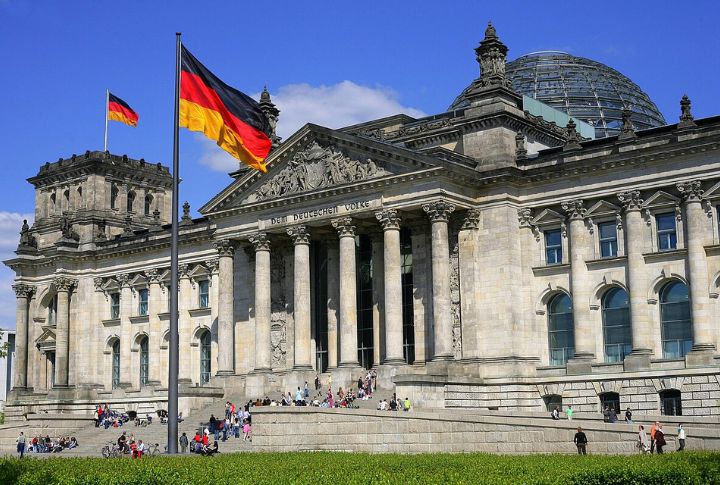
People didn’t expect to still be having this debate. Capitalism and communism were once thought to be settled topics, yet their flaws continue to surface in new and familiar ways. Promises turned out to be more complicated than expected, and neither system seems to fully deliver. Let’s take a closer look at how both ideologies are showing their limits.
Wealth Inequality In Capitalist Economies

The richest 1% now hold nearly half the world’s wealth. During a global health crisis, U.S. billionaires saw their fortunes balloon by over $2 trillion. Yet, some workers still earn less in a year than certain CEOs make before lunch.
Authoritarian Control In Communist Regimes

Back then, even asking a question could be dangerous. In the Soviet Union and Maoist China, anyone who challenged the system risked disappearing from public life. And today, North Korea stands as a stark reminder of what happens when power controls every word, every move, and every thought.
Environmental Destruction Under Both Systems

No side escapes accountability when rivers turn toxic and skies become unbreathable. Capitalist nations push production past environmental limits, while communist regimes like the USSR ignored nature until it collapsed, in the case of the Aral Sea. China’s industrial growth darkens its own skies. Neither overdrive nor neglect protects the Earth.
Innovation Vs. Suppression Of Ideas

One system rewards disruption, the other often punishes it. Big Tech giants flourished under capitalism, but try proposing open-source solutions, and you’ll hit a corporate wall. Meanwhile, Soviet science fell behind after the ideological purges. Cuba’s citizens are educated, yes, but face restrictions on basic internet access.
Profit Vs. Accessibility Of Healthcare

A broken bone shouldn’t come with a bankruptcy notice. Yet in capitalist systems, it often does. U.S. healthcare leads the world in cost. On the flip side, countries like Cuba provide free care and strong preventive systems, despite limited resources. But even there, modern medical tools lag behind.
Food Security And Scarcity

There was a time when entire harvests were seized, and people were left with nothing. Stalin’s collectivization policies triggered famines that killed millions. Fast forward, and capitalist supply chains waste billions of pounds of food every year. In Venezuela, food often doesn’t make it to shelves at all.
Surveillance And Civil Liberties

China rates behavior in real time. U.S. intelligence once collected metadata on everyday citizens. Big Tech in Western countries holds profiles so detailed that even close friends wouldn’t know as much. Back then, East Germany had files in drawers. Today, it’s clouds and servers.
Labor Exploitation In Both Models

Some factories hum with low-wage exhaustion, relying on forced labor masked as duty. Under capitalism, jobs are offshored to poorly regulated conditions. Foxconn’s troubling suicide rate is one grim example. Meanwhile, Soviet workers had no choice and often faced labor camps.
Consumerism Vs. Rationing

There’s something off about a system that lets some toss food while others can’t find any. The U.S. wastes an estimated $218 billion in food every year. In communist countries, many relied on connections to get what they needed. Ideologies promised fairness, but the outcome often depended on luck or privilege.
Failures To Adapt Over Time

The world moves, and not every system keeps up. Communism collapsed in much of Eastern Europe, unable to evolve. Capitalism, on the other hand, still fumbles with sustainability and equity. Yet there are models like Germany’s hybrid economy that bend without breaking.
